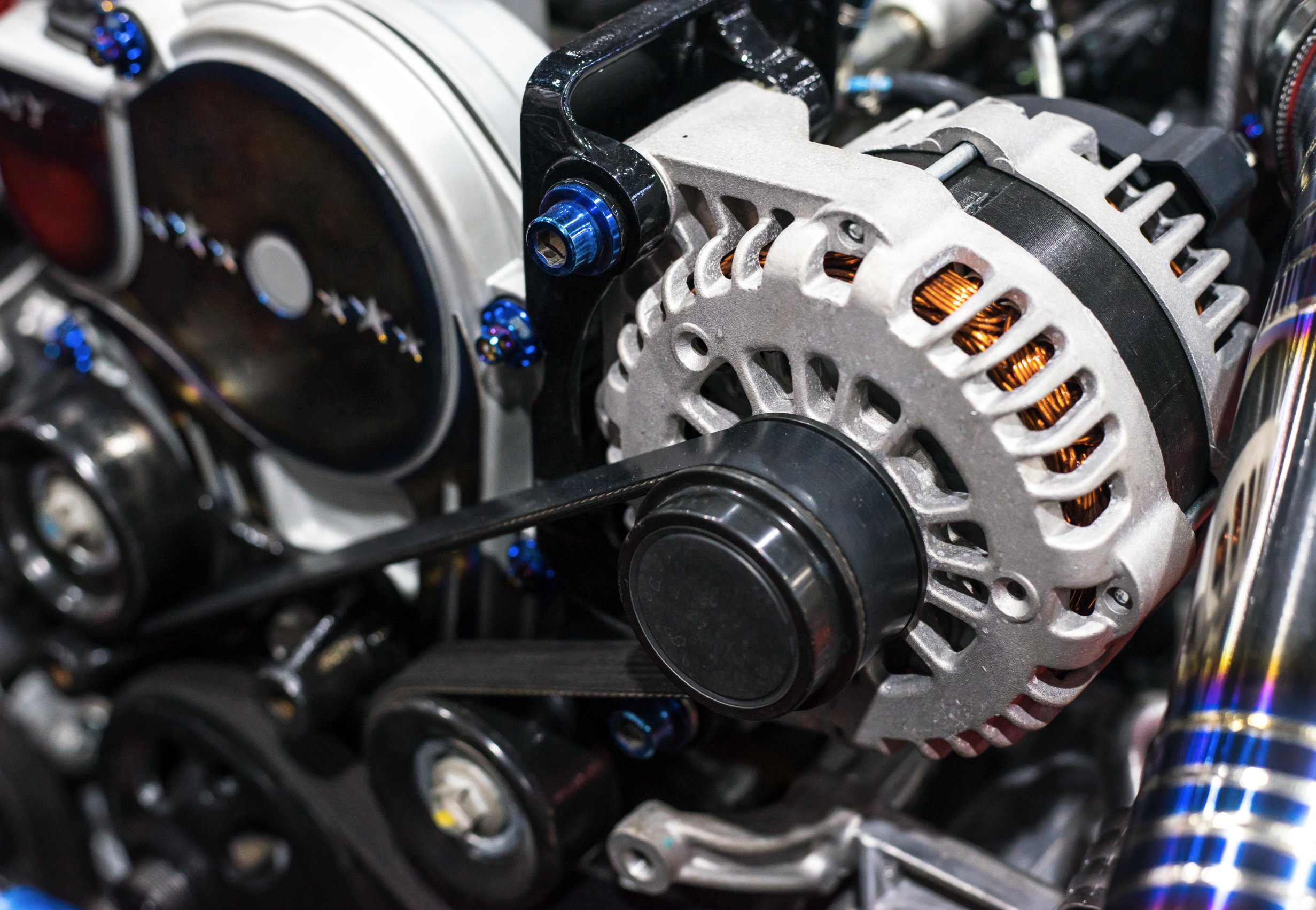If your car has a problem, it may be difficult to identify what it is and how long you can continue to drive it, which can be stressful particularly if you commute often. When it comes to issues with your alternator bearing, how long will a bad alternator bearing last?
The general rule of thumb when it comes to a bad alternator bearing is that you can drive for about 25 miles, or 30 minutes if your battery was previously fully charged and had no other problems. However, if your battery was not fully charged or otherwise not properly working, you’re likely not going to get very far.
The rest of this article will explain what an alternator bearing is, and how long a bad one will last.
What is an Alternator Bearing?
An alternator much resembles the battery on a phone, except you don’t plug in your car battery to recharge it as you would with a phone. Instead, the alternator is a tiny motor that spins when the engine is running and recharges the battery, keeping it alive. To make sure your car’s battery is at peak health, it’s important to make sure the alternator is functioning properly.
The alternator bearingis supposed to reduce friction in the system. Friction removes energy as the parts move, which can quickly wear out the parts that are in contact with one another, causing wear and tear within the car. The alternator bearing is there to make sure the rotor shaft receives as much energy as possible to make it more efficient and reduce the stress on the vehicle.
The battery will not continue to charge properly and will eventually die if the alternator bearing is not working as it should be, as it will cause increased friction on the other car parts, which will then cause engine wear and tear to occur more quickly.
How Can You Tell if Your Alternator Bearing is Bad?
The first step to getting your alternator bearing fixed is to identify when it is going bad, and it is important to do this quickly as it can lead to inconvenient and costly problems for car owners. Luckily, identifying problems with your alternator is simple and is something that you can typically do on your own without going to a mechanic.
The first signs of a problem with the alternator bearing is grinding, squeaking, whining, and/or knocking that gets worse the faster you drive. Other symptoms of a problematic alternator bearing are dim headlights, dim interior lights, electronics that are not working properly, as well as other symptoms of a dead or dying car battery.
If you believe your alternator is not working properly, there are a few other ways you can check it, including two simple tests.
- Test One: The headlight test.
- To perform this test, you will need to start the vehicle and turn on the headlights. Set it to high beam, and then press on the accelerator. Your car should not be in gear when you do this to avoid the car moving forward. If the light flickers as you do this, it’s likely that your alternator is damaged.
- Test Two: The battery test.
- To perform this test, you will need to open the hood of the car while the engine is running. Afterward, proceed to carefully remove the negative cable attached to the battery. If the car turns off or stalls, it is very possible that your alternator is not working properly.
How Long Can You Drive with a Bad Alternator Bearing?
A bad alternator bearing can cause some severe problems, and because of the amount of damage it can cause, a bad alternator will limit how long you can drive. Due to the fact that a bad alternator bearing can hold a great deal of problems for the car, it is therefore best to avoid driving with a bad alternator bearing.
The general rule of thumb for a bad alternator bearing is that you can only drive for as long as it takes to get some assistance for your car. In other words, you should only drive around 30 minutes or 25 miles with a bad alternator bearing. This, however, is only if your battery is fully charged and working well.
If your battery is low and is not working properly when your alternator bearing breaks, you may need to have your car towed. Attempting to drive on a broken alternator bearing is not a good idea, as your car battery will suffer if your alternator fails.
The fact of the matter is that you likely won’t get far on a bad alternator bearing, and once you discover that your alternator has gone bad, you’re should get it fixed as soon as possible. (It’s possible to replace the alternator bearing on your own, which is much cheaper than paying at a mechanic, but only do so if you know what you’re doing.)
Conclusion
An alternator bearing is important to your car, as it helps to ensure that the battery remains charged and fully functional. A problem with your alternator bearing is typically easy to identify, which is good because it is important that any issues are identified early, as the car may not run for very long once the alternator breaks.
While it may be possible to drive a little bit on a bad alternator bearing, it’s best to drive it only as far as you need to in order to get it fixed. It would not be wise to waste time and mileage driving around in your car if you suspect there is a problem with the alternator bearing.
It is also important to get your alternator bearing fixed as soon as possible, as a bad alternator bearing can cause other problems for the vehicle. So, while you should not stress if your alternator bearing shows signs of going bad, you should make it a priority to get it to a mechanic.
